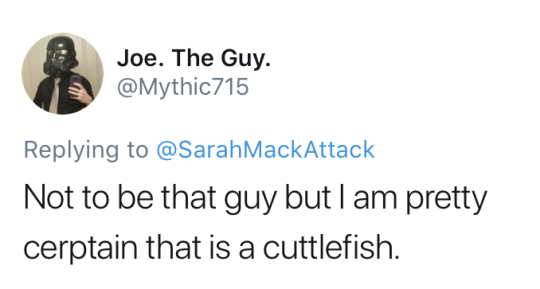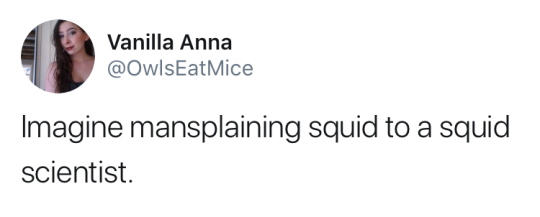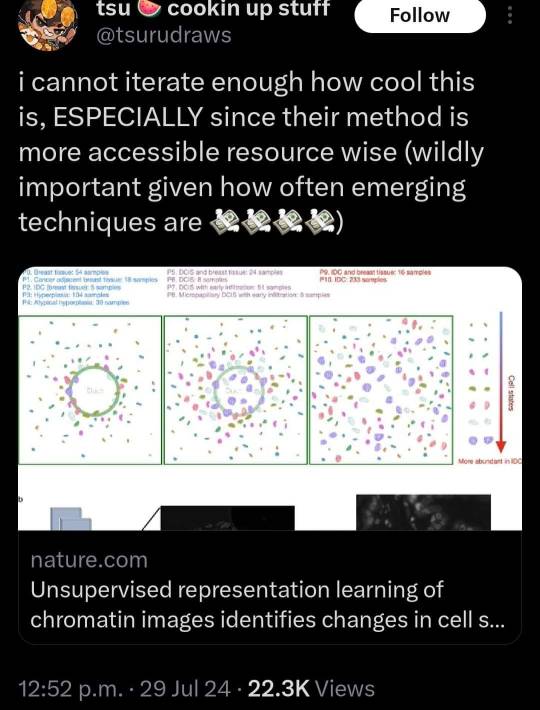Freelance Artist, Queer, Feminist, Gamer — with a shattered mind, made of stardust and magic, loves space things and glitter. Here you will find things that makes me happy or sad, excited or angry. And a lot of yelling, loads of it. Avatar by me & the header image by @wiredraw.
Don't wanna be here? Send us removal request.
Text
Live Now: Say hi Palia Pals, we got DROPS! 🌱🎁
Donathon Day 2️⃣9️⃣ for our Cats' Care & Vet Bills, 14% funded.
Drop by, say hi, lurk, any support is appreciated.💜
twitch_live
1 note
·
View note
Text

when everything feels shitty i do the one thing i got i share my comics freely. last time i did it was during the early days of covid and since this is what i do best it's my way of trying to help people escape a bit. so here, download link to pdfs of all of sunstone so far, and some other comics free to download and free to read. mind you if the download doesn't work it may be a bandwidth limit reached for the day, it does reset tho! now for the content warning, some of the comics deal with sexual themes and are mature stories about absolute dumbasses mature ones are sunstone and fine print. the bothers are more of an all ages adventure/action/fairy tale type stories so anyways, here's the dropbox link. enjoy! https://www.dropbox.com/scl/fo/jilb2yvr7ddnopszc4yzg/AI9--WPBRjDerfDAicKcEgg?rlkey=5la1ct097kbn49ho3omi5kojv&st=2guul07f&dl=0
1K notes
·
View notes
Text
Live Now: Say hi Palia Pals, we got DROPS! 🌱🎁
Donathon Day 2️⃣7️⃣ for our Cats' Care & Vet Bills, 14% funded.
Drop by, say hi, lurk, any support is appreciated.💜
twitch_live
1 note
·
View note
Text
So, Discord has added a feature that lets other people "enhance" or "edit" your images with different AI apps. It looks like this:

Currently, you can't opt out from this at all. But here's few things you can do as a protest.
FOR SERVERS YOU ARE AN ADMIN IN
Go to Roles -> @/everyone roles -> Scroll all the way down to External Apps, and disable it. This won't delete the option, but it will make people receive a private message instead when they use it, protecting your users:

You should also make it a bannable offense to edit other user's images with AI. Here's how I worded it in my server, feel free to copypaste:
Do not modify other people's images with AI under ANY circumstances, such as with the Discord "enhancement" features, amidst others. This is a bannable offense.
COMPLAIN TO DISCORD
There's few ways to go around this. First, you can go to https://support.discord.com/hc/en-us/requests/new , select Help and Support -> Feedback/New Feature Request, and write your message, as seen in the screenshot below.

For the message, here's some points you can bring up:
Concerns about harassment (such as people using this feature to bully others)
Concerns about privacy (concerns on how External Apps may break privacy or handle the data in the images, and how it may break some legislations, such as GDPR)
Concerns about how this may impact minors (these features could be used with pictures of irl minors shared in servers, for deeply nefarious purposes)
BE VERY CLEAR about "I will refuse to buy Nitro and will cancel my subscription if this feature remains as it is", since they only care about fucking money
Word them as you'd like, add onto them as you need. They sometimes filter messages that are copypasted templates, so finding ways to word them on your own is helpful.
ADDING: You WILL NEED to reply to the mail you receive afterwards for the message to get sent to an actual human! Otherwise it won't reach anyone
UNSUSCRIBE FROM NITRO
This is what they care about the most. Unsuscribe from Nitro. Tell them why you unsuscribed on the way out. DO NOT GIVE THEM MONEY. They're a company. They take actions for profit. If these actions do not get them profit, they will need to backtrack. Mass-unsuscribing from WOTC's DnD beyond forced them to back down with the OGL, this works.
LEAVE A ONE-STAR REVIEW ON THE APP
This impacts their visibility on the App store. Write why are you leaving the one-star review too.
_
Regardless of your stance on AI, I think we can agree that having no way for users to opt out of these pictures is deeply concerning, specially when Discord is often used to share selfies. It's also a good time to remember internet privacy and safety- Maybe don't post your photos in big open public servers, if you don't want to risk people doing edits or modifications of them with AI (or any other way). Once it's posted, it's out of your control.
Anyways, please reblog for visibility- This is a deeply concerning topic!
17K notes
·
View notes
Text
Live Now: Say hi #Palia Pals, we got DROPS! 🌱🎁
I have much catching up to do, and, is that a new quests?! /gasp
#Donathon Day 2️⃣4️⃣ for our Cats' Care & Vet Bills #fundraiser.
Drop by to say hi, any support is appreciated.💜
twitch_live
0 notes
Text
Live now, playing #StardewValley 🌟
#Donathon Day 2️⃣1️⃣ for our Cats' Care & Vet Bills #fundraiser.
Drop by, say hi, any support is appreciated. 💜
twitch_live
0 notes
Text
Hey tumblr maybe instead of flagging queer people’s posts you could take down ai art of celebrities nudes which they did not consent to, from the TRENDING page.
60K notes
·
View notes
Text
Dracula and Jonathan’s Tango - from The Polish National Opera production of ‘Dracula’.
With Choreography by Krzysztof Pastor and Music by Wojciech Kilar.
76K notes
·
View notes
Text

My new mission in life is to impart this wisdom to as many people as possible
87K notes
·
View notes
Text

Baldur's Gate, but they're all ensigns on a Galaxy-class starship - #3
Part 1 | Part 2
5K notes
·
View notes
Text

Baldur's Gate, but they're all ensigns on a Galaxy-class starship
5K notes
·
View notes
Text

Baldur's Gate, but they're all ensigns on a Galaxy-class starship - #2
Part 1
3K notes
·
View notes
Text

id: a tweet from pop tingz. "max announces the release of the 'luigi mangione: the ceo killer' documentary on february 17th."
hey! just a reminder this alleged "ceo killer" hasn't been convicted of anything, hasn't even gone to trial, was taken into custody without being dna tested or fingerprinted (what fingerprints they did find near the scene were entirely circumstantial), didn't have any contact with legal rep before his extradition hearing, and wasn't identified as a facial match by the fbi's top notch ai software. just don't watch this doc, it's bound to be full of bullshit just like tmz.
61K notes
·
View notes








